Though the bitter cold and snow have mostly failed to materialize this winter in Iowa, I thought a dose of spring, summer, and fall would be welcome on a short December day. I enclose below links to all 29 editions of Iowa wildflower Wednesday from 2018, with one picture from each post.
During my seventh year chronicling native plants, I made a few new discoveries within a mile or two of my home, and guest authors and photographers provided more material than ever.
Please let me know if you would like to contribute wildflower pictures next year, especially if you have photographs of species not covered before at this site. Plants I hope to feature in 2019 include green dragon, four o’clock, lead plant, sweet coneflower, pale purple coneflower, showy tick trefoil, clasping bellwort/Venus’ looking glass, cardinal flower/red lobelia, Joe Pye weed, false Solomon’s seal, bracted spiderwort, bastard toadflax, Missouri evening primrose, and sawtooth sunflower.
May 2: Early spring medley
Instead of focusing on one plant, I compiled photographs of more than a dozen wildflowers that usually bloom in March or April. I took most of the pictures near my Windsor Heights home. These were among the first Virginia bluebells to bloom this year.
May 9: Skunk cabbage
“Let me tell you that the flowers of the skunk cabbage are not classic beauties,” Beth Lynch wrote in her fascinating post about this rare plant. Here’s a peek inside one of these blossoms. They appear toward the end of winter in cold, water-logged seepage wetlands.
May 16: Violet wood sorrel
Marla Mertz and Lora Conrad contributed most of the pictures for this post. This one is Marla’s:
May 23: Sweet William, also known as Wild blue phlox
I took this picture a few steps from my front door. The petal-like lobes were starting to unfurl, and the flowers would be in full bloom within hours.
May 30: Bellwort
Another picture from my yard. The smaller flowers around the bellwort are downy yellow violets and common blue violets.
June 6: Dame’s rocket
Normally, I feature native plants, but I made an exception for this European invader which is a common sight along Iowa trails. These Dame’s rocket plants were growing near the bank of tiny Rocklyn Creek, which flows through Urbandale and empties into North Walnut Creek in Windsor Heights.
June 13: Wild geranium
I get excited when the first wild geranium flowers open in May. The white flowers in this shot are Virginia waterleaf, which favor similar habitats and usually start blooming around the same tame.
June 20: Lanceleaf coreopsis, also known as sand coreopsis
Lots of large yellow flowers come out in late summer, but not many are blooming in June. Wendie Schneider and I each contributed several photos for this post. Here’s one of Wendie’s:
June 27: Purple poppy mallow (Winecup)
I’d had my eye on these plants for five or six years. In this photo, taken near the Meredith bike trail in Des Moines, the purple poppy mallow is blooming near the lower right. The lavender flower near the top is the native wild petunia, and the small yellow flowers are the non-native bird’s foot trefoil.
July 4: Celebrating red, white, and blue flowers
For Independence Day, I compiled pictures of about three dozen wildflowers. From left to right in this image: trumpet vine, Canada anemone, and common blue violets.
July 11: Moth mullein
When I first spotted this plant a few years ago, I thought it might be native, because of the five-petaled flowers. In reality, moth mullein hails from Europe, but it’s not invasive and it is quite attractive.
July 18: Small white lady’s slipper
Katie Byerly found some colonies of this very rare plant in Cerro Gordo County. One of her spectacular close-ups:
July 25: Purple milkweed
I’ve never seen this plant in the wild, so this piece featured photographs by Lael Darrow Neal, Lora Conrad, Andy Asell, and Barry Mateer. Here’s one of Lora’s shots:
August 1: Wild quinine
I’ve never been in the right place at the right time to capture wild quinine at its peak. Katie Byerly and Wendie Schneider came through for me. Here’s one of Katie’s pictures of the flowers, which are often compared to cauliflower.
August 8: Yellow giant hyssop
Even though the flowers are not “showy,” I’d wanted to write about this species for a long time. Leland Searles shared some pictures from his collection, including this incredible shot of a ruby-throated hummingbird.
August 15: Purple prairie clover
Wendie Schneider saw this post shared on Twitter and thought, someone’s pictures of purple prairie clover look a lot like mine. Indeed, she was looking at one of her own shots from a Story County prairie.
August 22: Ground cherry
One person’s undesirable weed is another’s valued food source. Eileen Miller took some of the pictures featured in this post, including this one:
August 29: White vervain
Of nearly 200 wildflowers featured here since 2012, white vervain is among the most difficult to photograph. Phil Specht and Wendie Schneider also contributed pictures for this piece. Phil took this picture in a pasture on his Clayton County farm.
September 5: Obedient plant (False dragonhead)
This plant was one of my 2018 “discoveries.” I was pleasantly surprised to learn it’s native. The flowers are so striking that I thought some ornamental might have escaped from a garden. Jill Kirchner, Eileen Miller, and Kim El-Baroudi contributed photographs to this piece. Here’s one from Kim’s garden:
September 12: Hedge bindweed
When I posted this piece, I thought I was profiling the non-native field bindweed. I was happy to be corrected by Bleeding Heartland user Prairie Fan, who realized I’d photographed the native hedge bindweed.
September 19: Monkey flower
This flower was news to me in 2017, but I didn’t get enough pictures of it for a separate post until this summer. Lael Darrow Neal contributed this photograph:
September 26: Cutleaf coneflower or green-headed coneflower
I was excited when I learned to identify this species in 2012, and I still get excited to see the first blossoms every summer. This post featured some of my photographs and some by Katie Byerly. Here’s one of Katie’s:
October 3: Nature recovers from a flood
I enjoyed compiling pictures of more than a dozen wildflowers blooming about a month and a half after floodwaters had covered their habitats. Many plants knocked sideways earlier in the summer continued to lie that way, as offshoots from the main stem grew upwards. This tall blue lettuce plant was growing near the bank of Walnut Creek.
I skipped October 10 because of the first televised debate between candidates for governor Kim Reynolds and Fred Hubbell.
October 17: Royal catchfly
Eileen Miller, Katie Byerly, Wendie Schneider, and Kathleen Unger contributed pictures for this piece. Here’s one of Wendie’s:
October 24: Grass of Parnassus
An amazing find by Katie Byerly. These plants are extremely rare, thriving in wet habitats containing calcium carbonate, which occurs on chalk or limestone.
October 31: Rose mallow
As I continued to be tied up with election-related news, I was grateful to showcase Marla Mertz’s beautiful photos from Marion County prairies.
November 7: Stiff gentian
Katie Byerly and her “prairie dog” discovered these wildflowers in Cerro Gordo County.
November 14: Wild cucumber
This guest post by Beth Lynch included some pretty close-up shots of wild cucumber flowers and fruit, but I was most struck by this image. The masses of vines look like something out of a science fiction movie.
November 21: Wahoo
Lora Conrad closed out the series with a post about the “lovely little wahoo tree,” which is often destroyed by deer or humans.

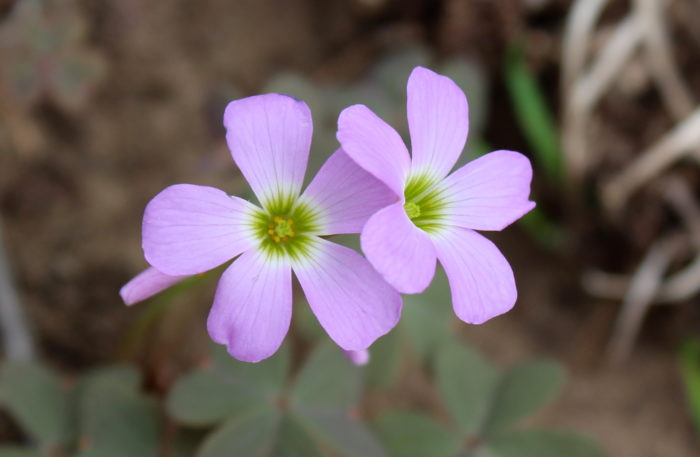
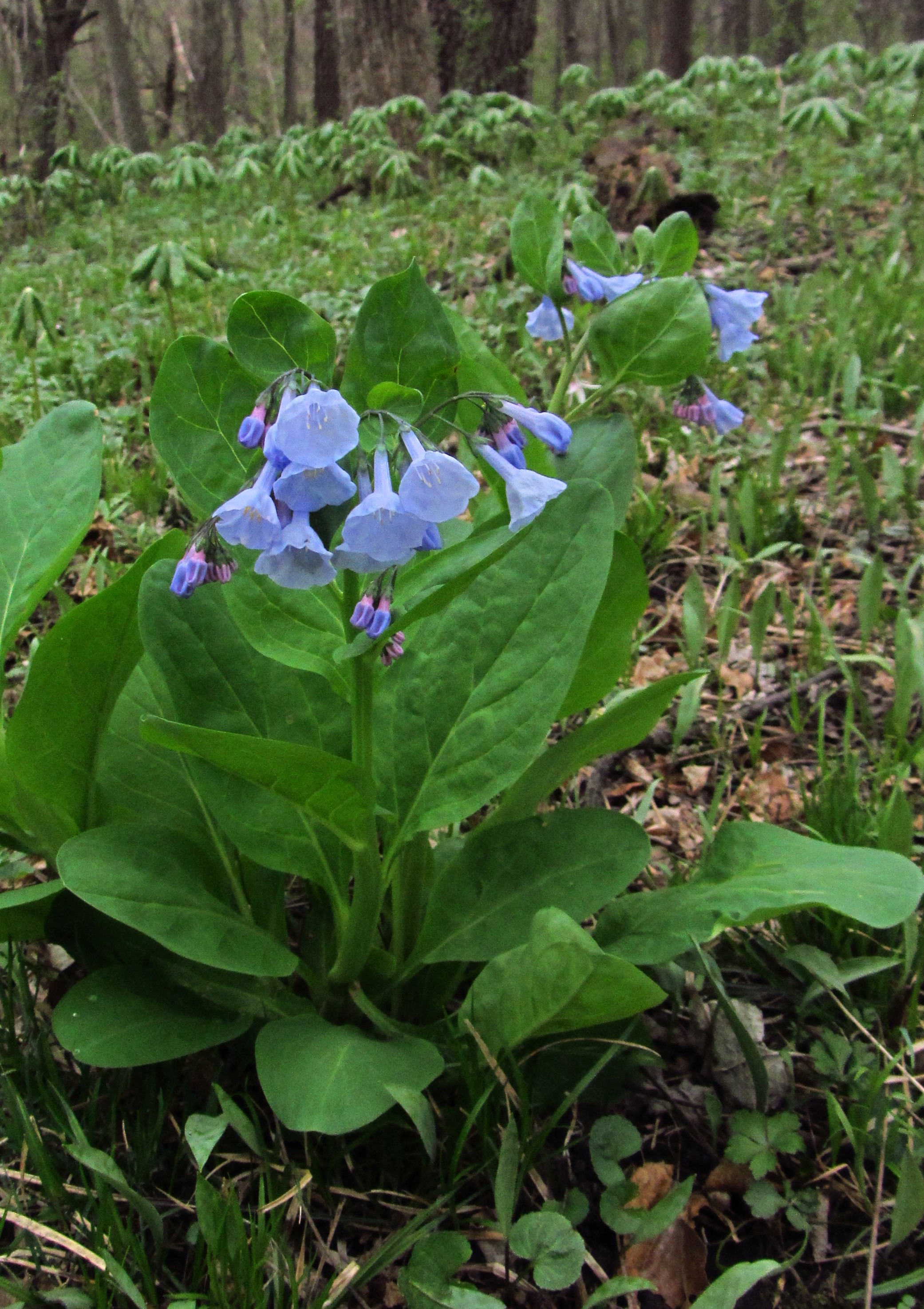
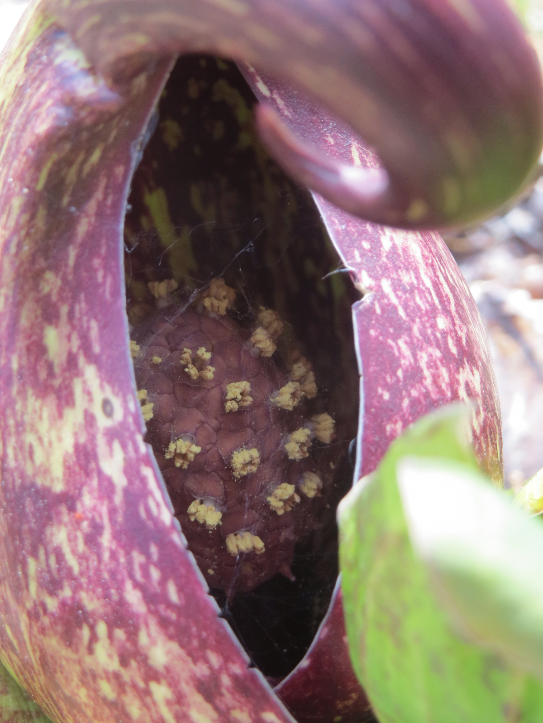
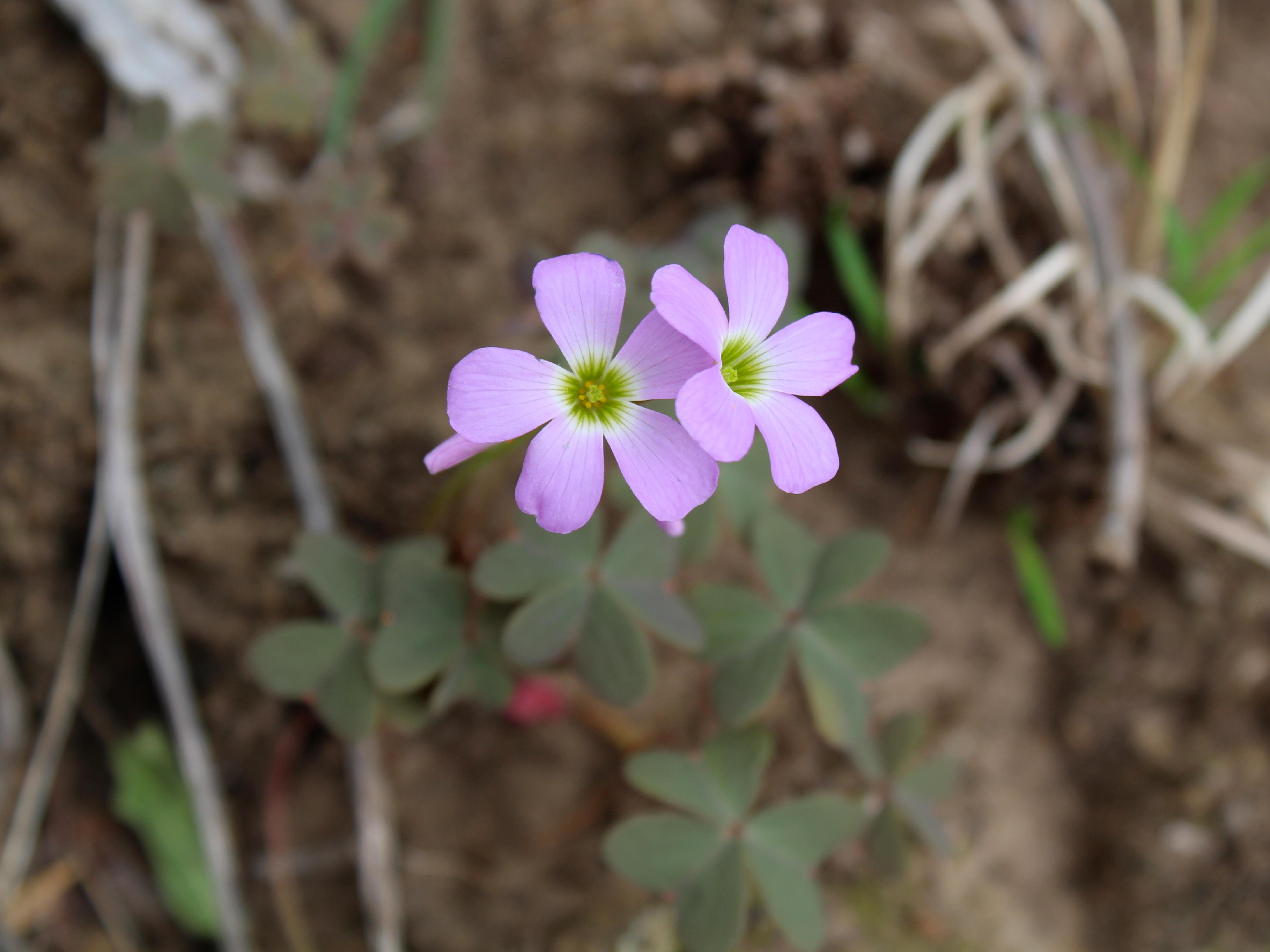
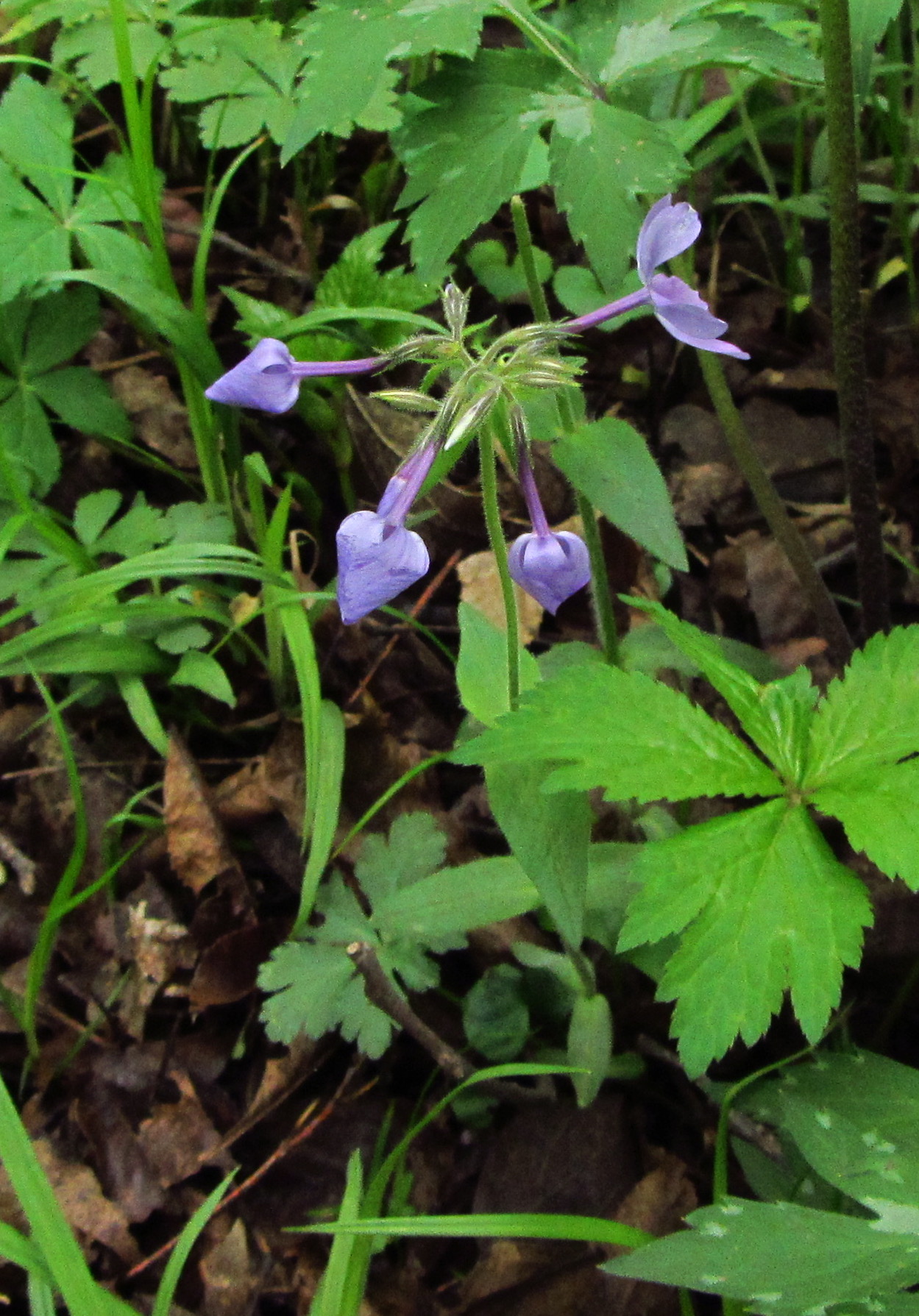
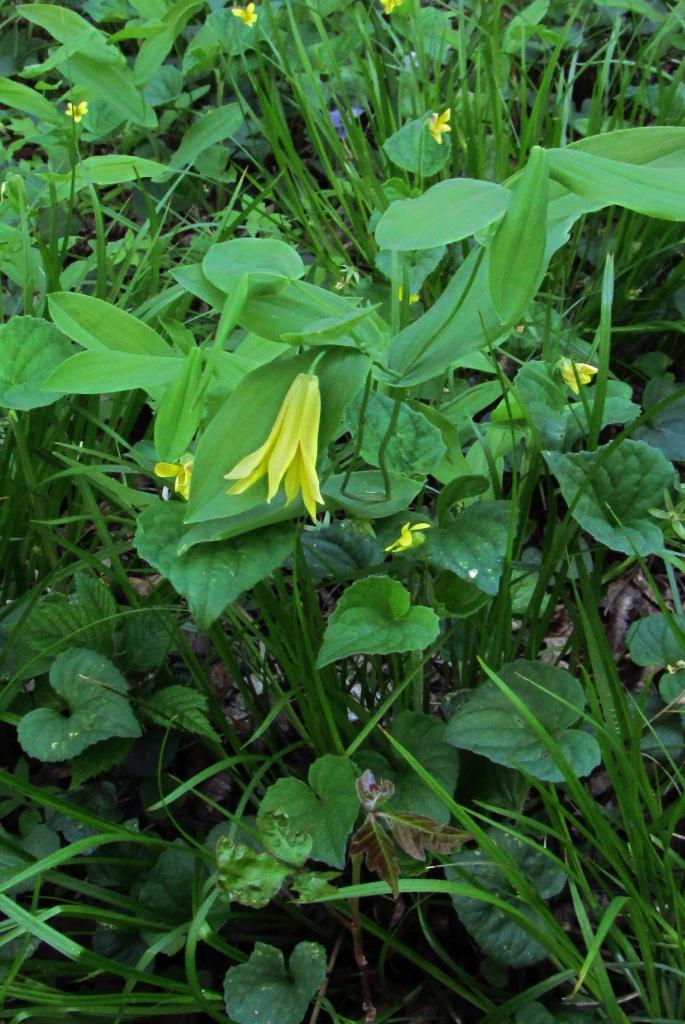
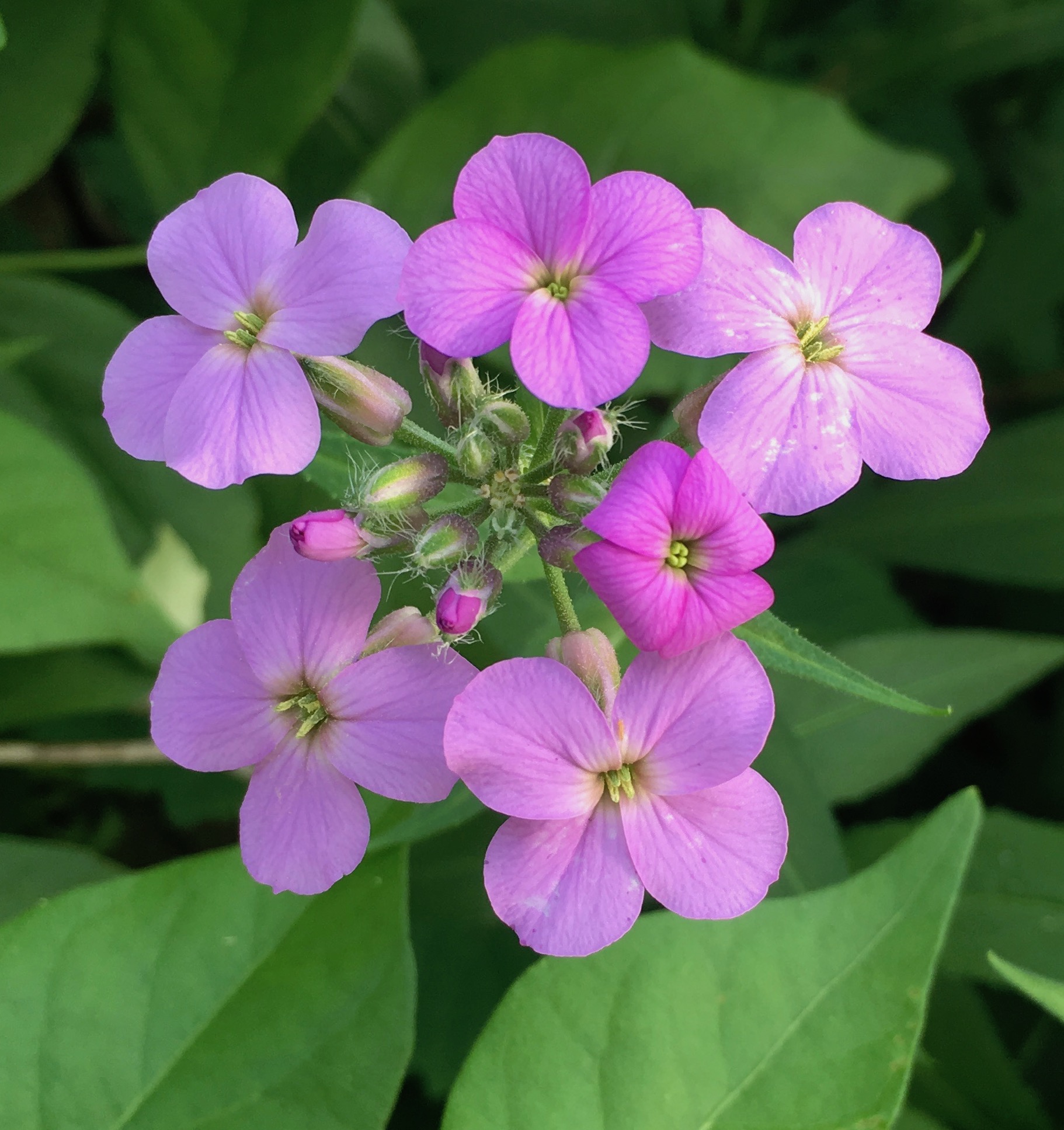
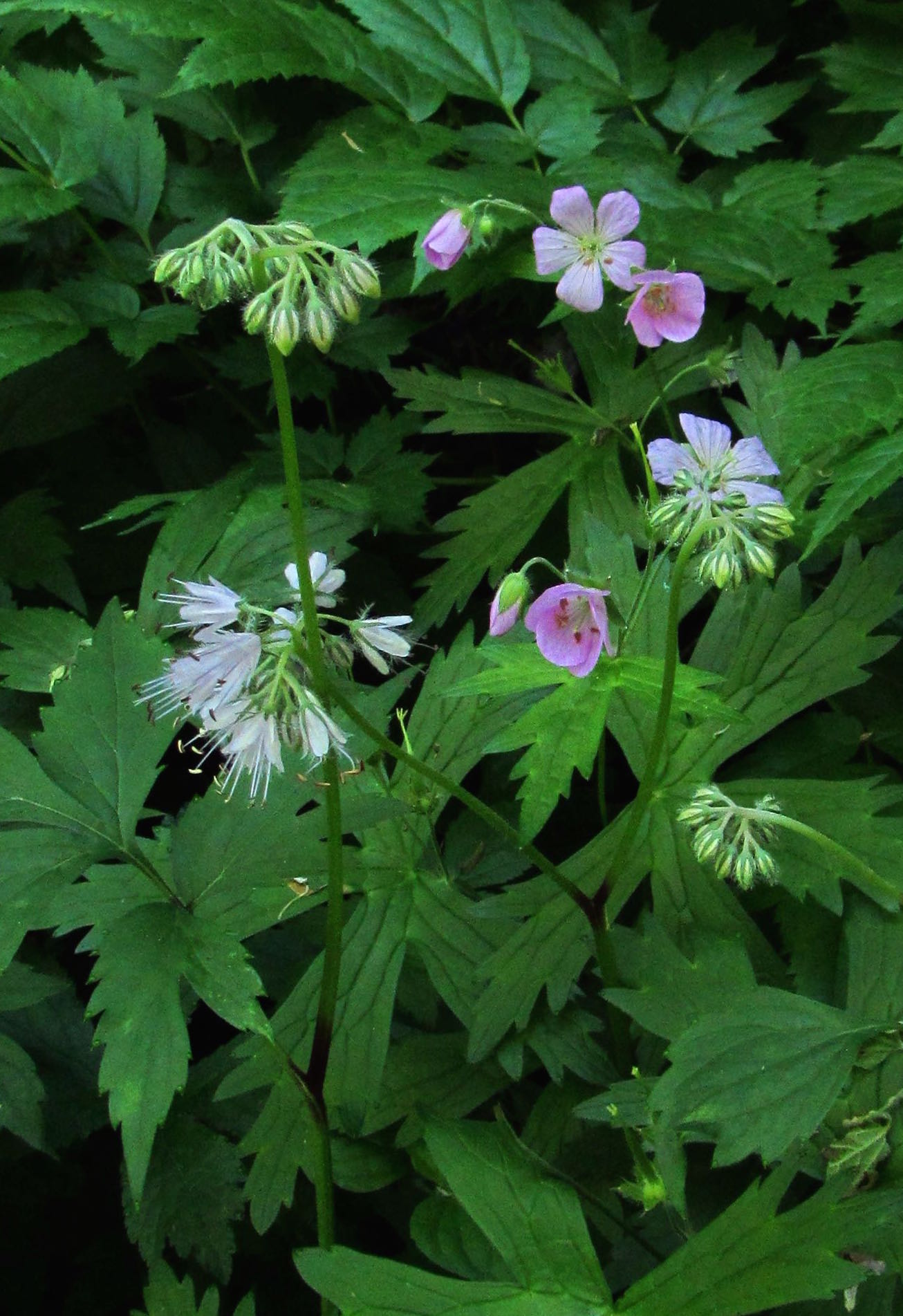
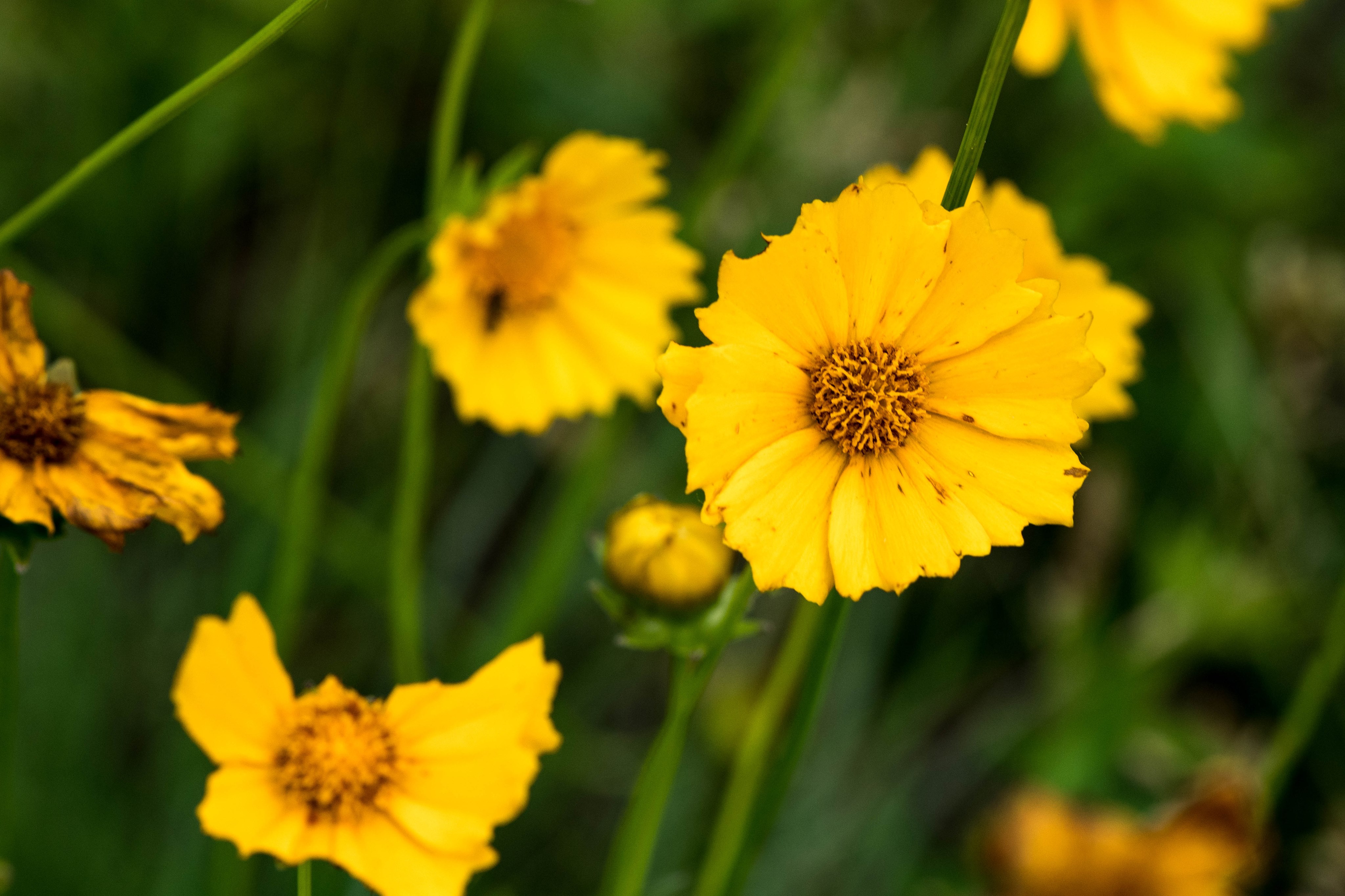
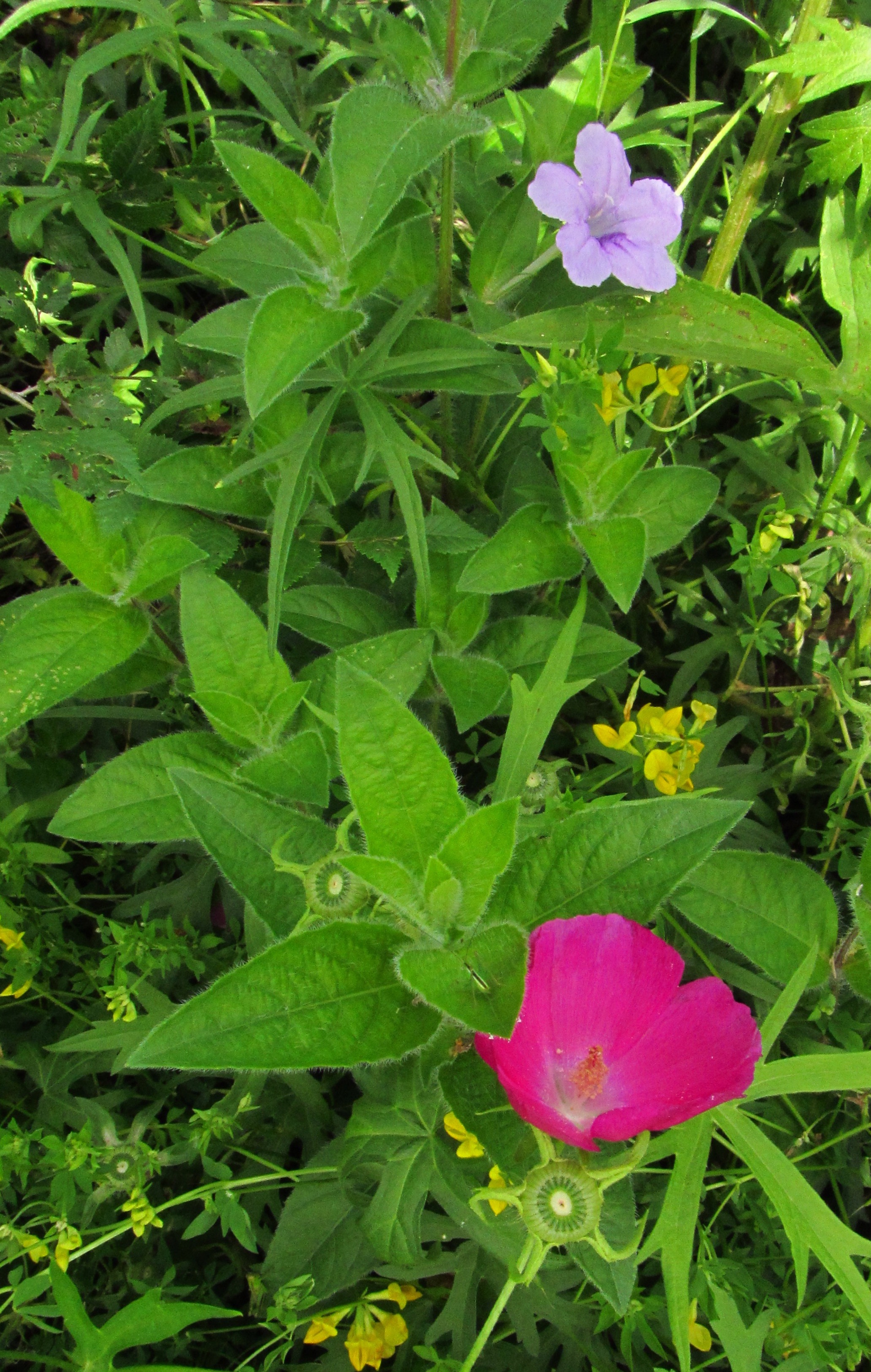
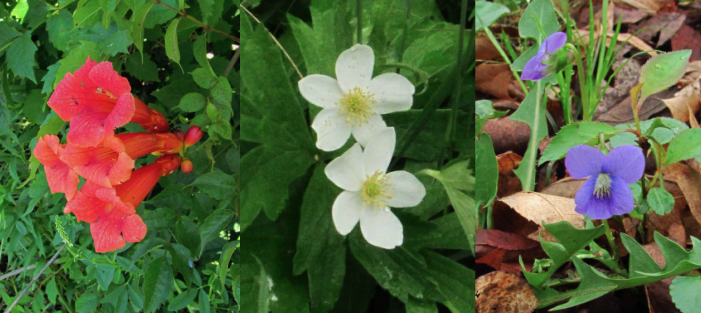
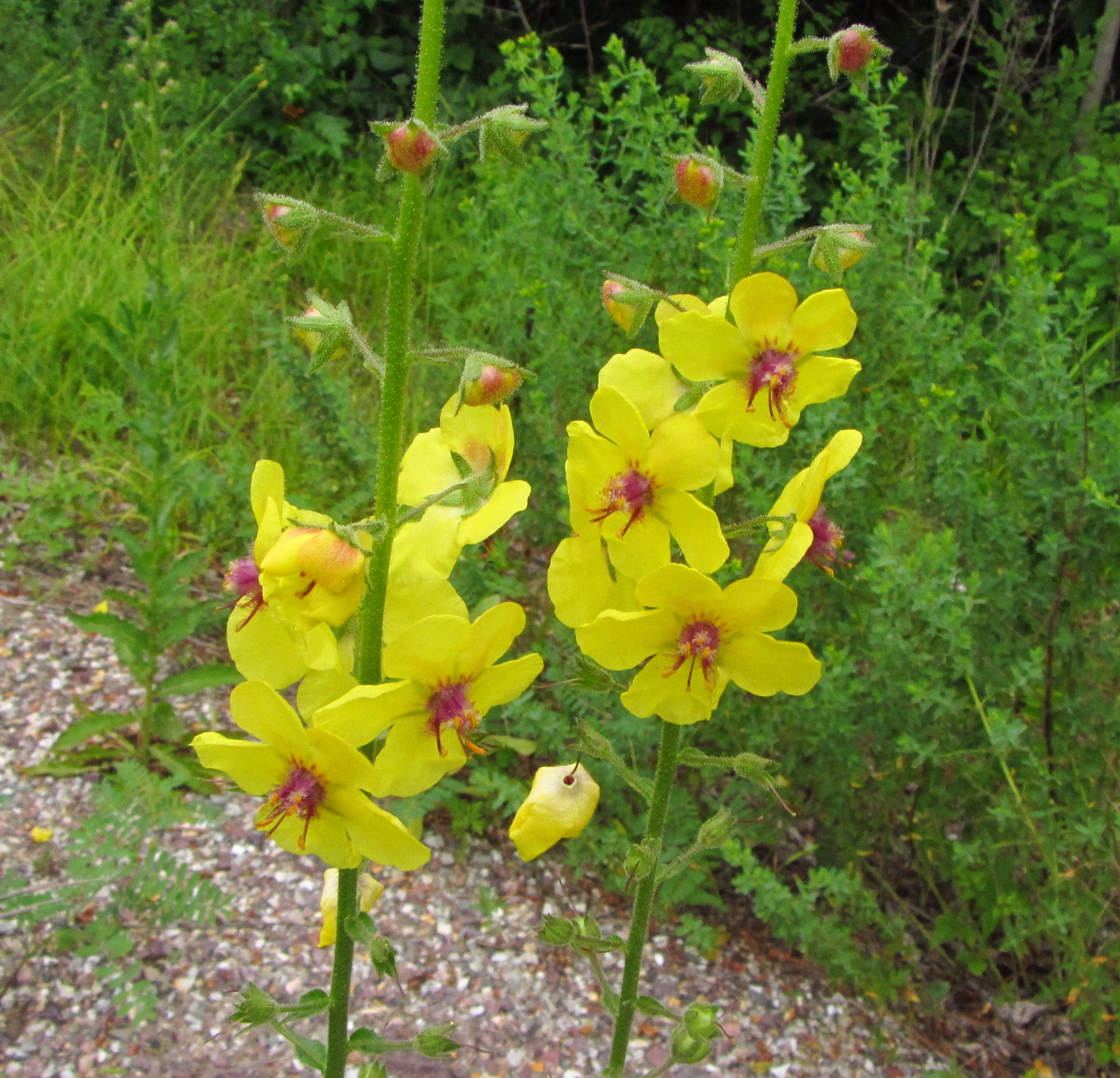
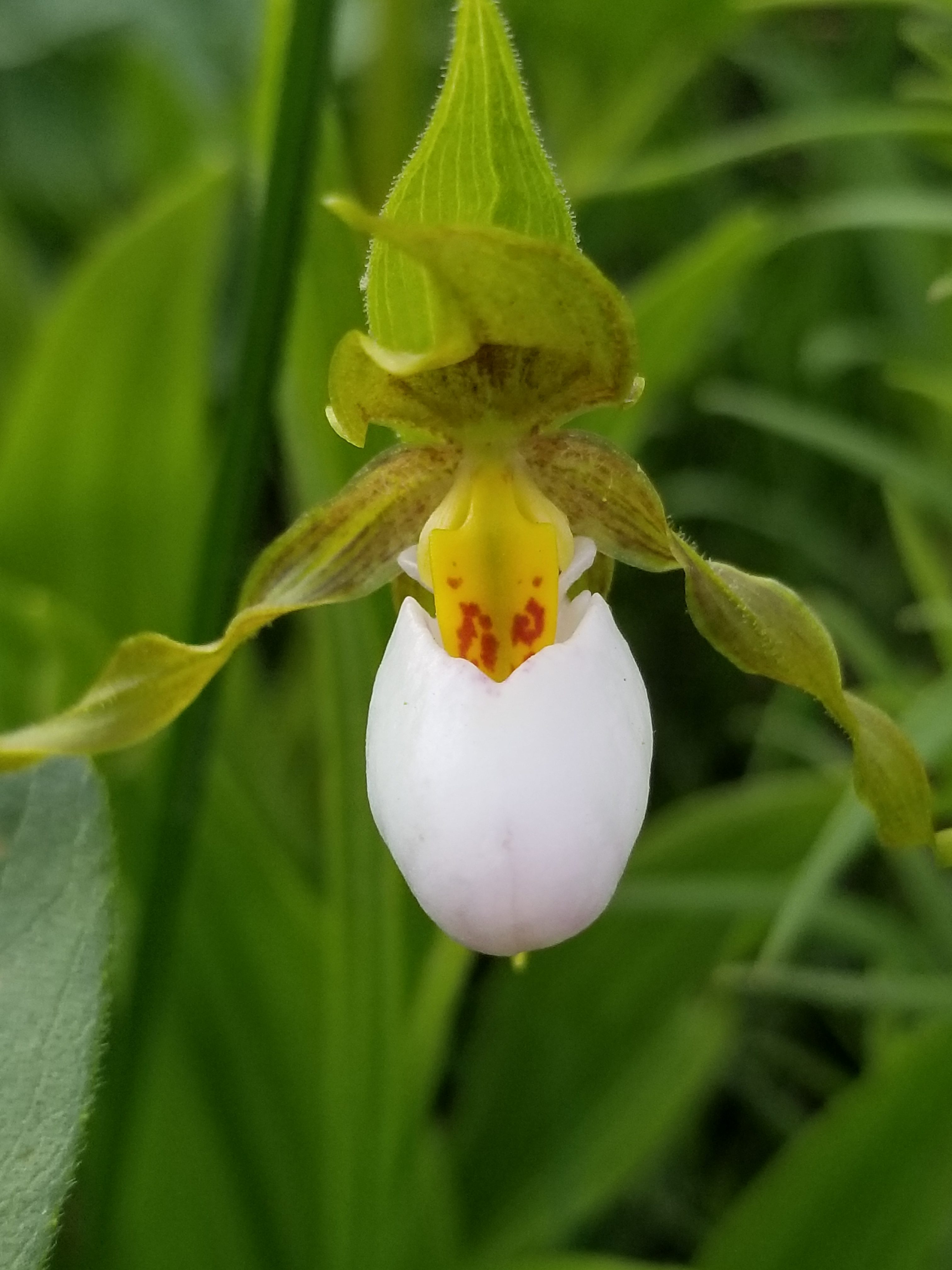
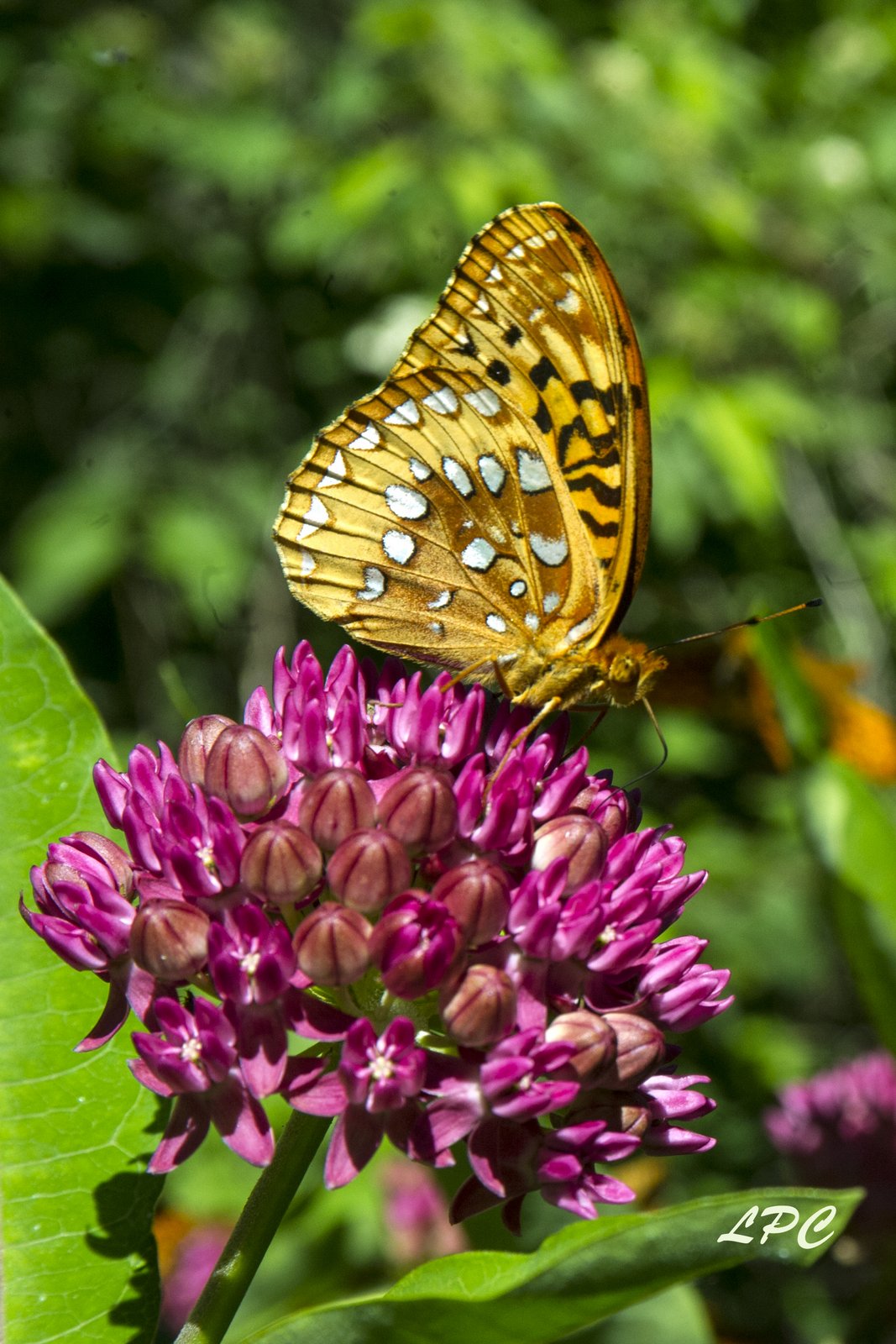
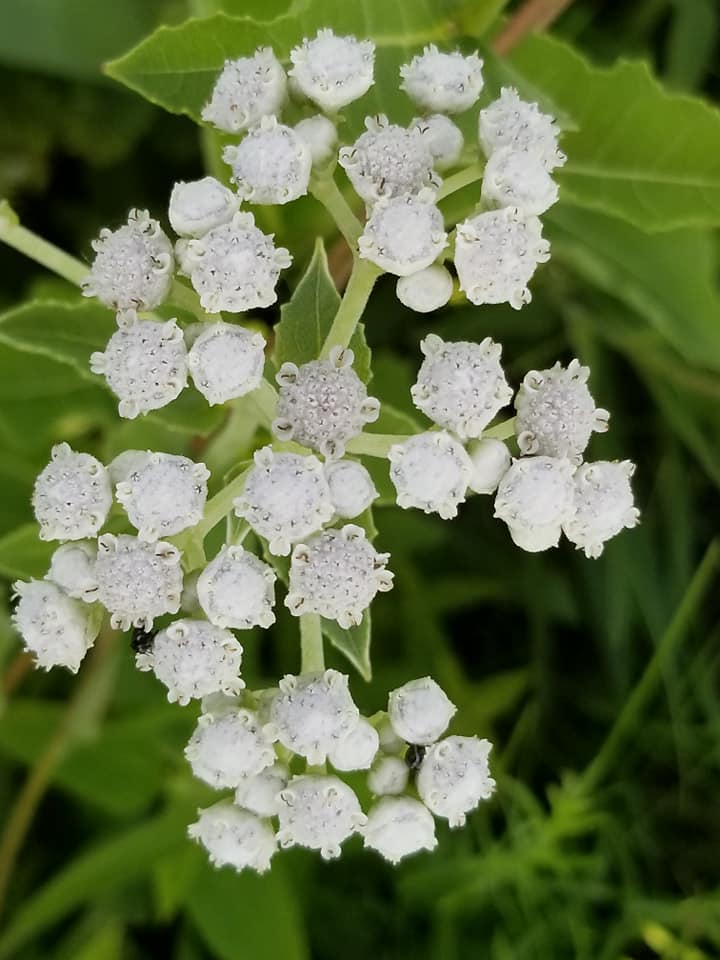
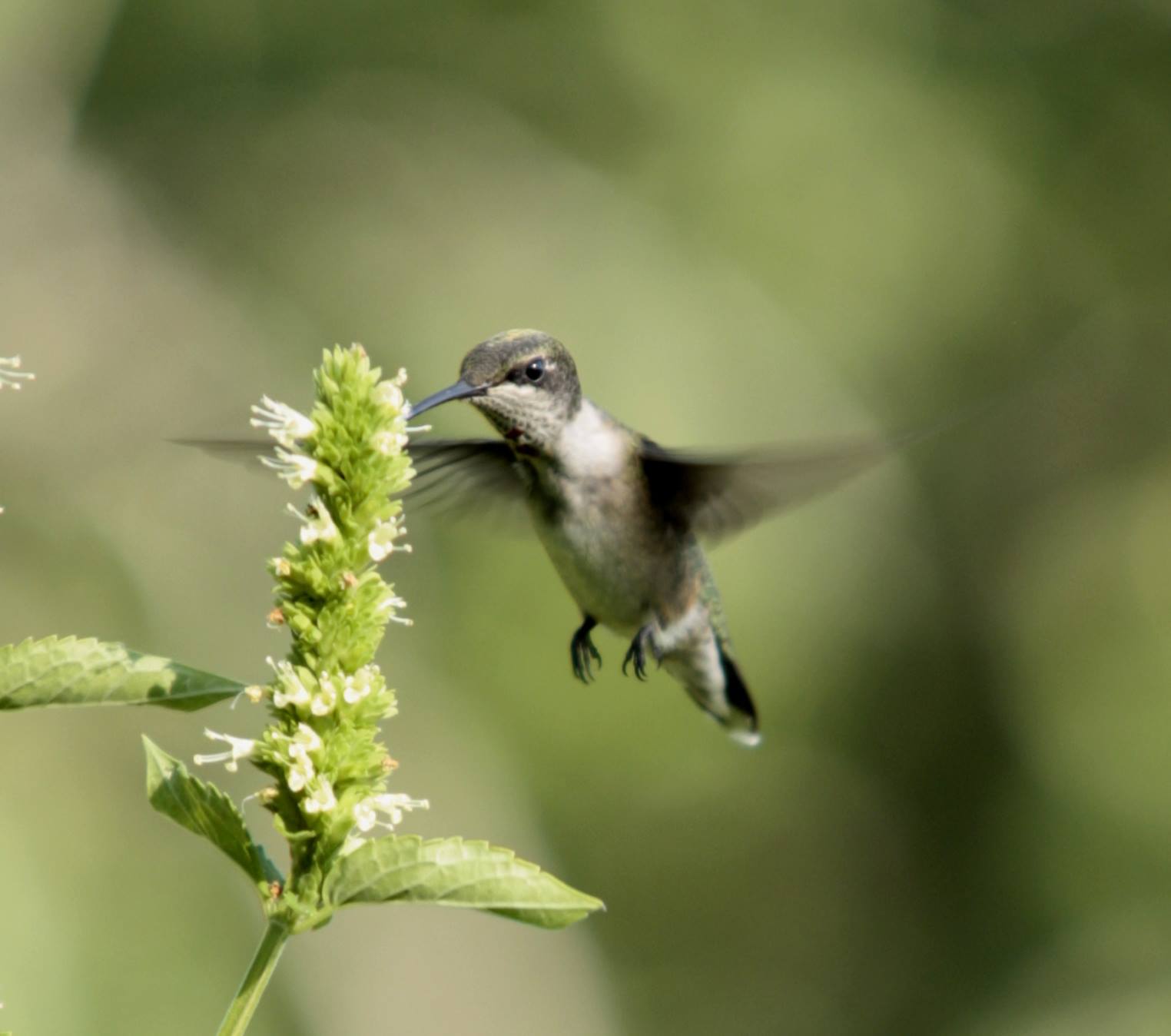
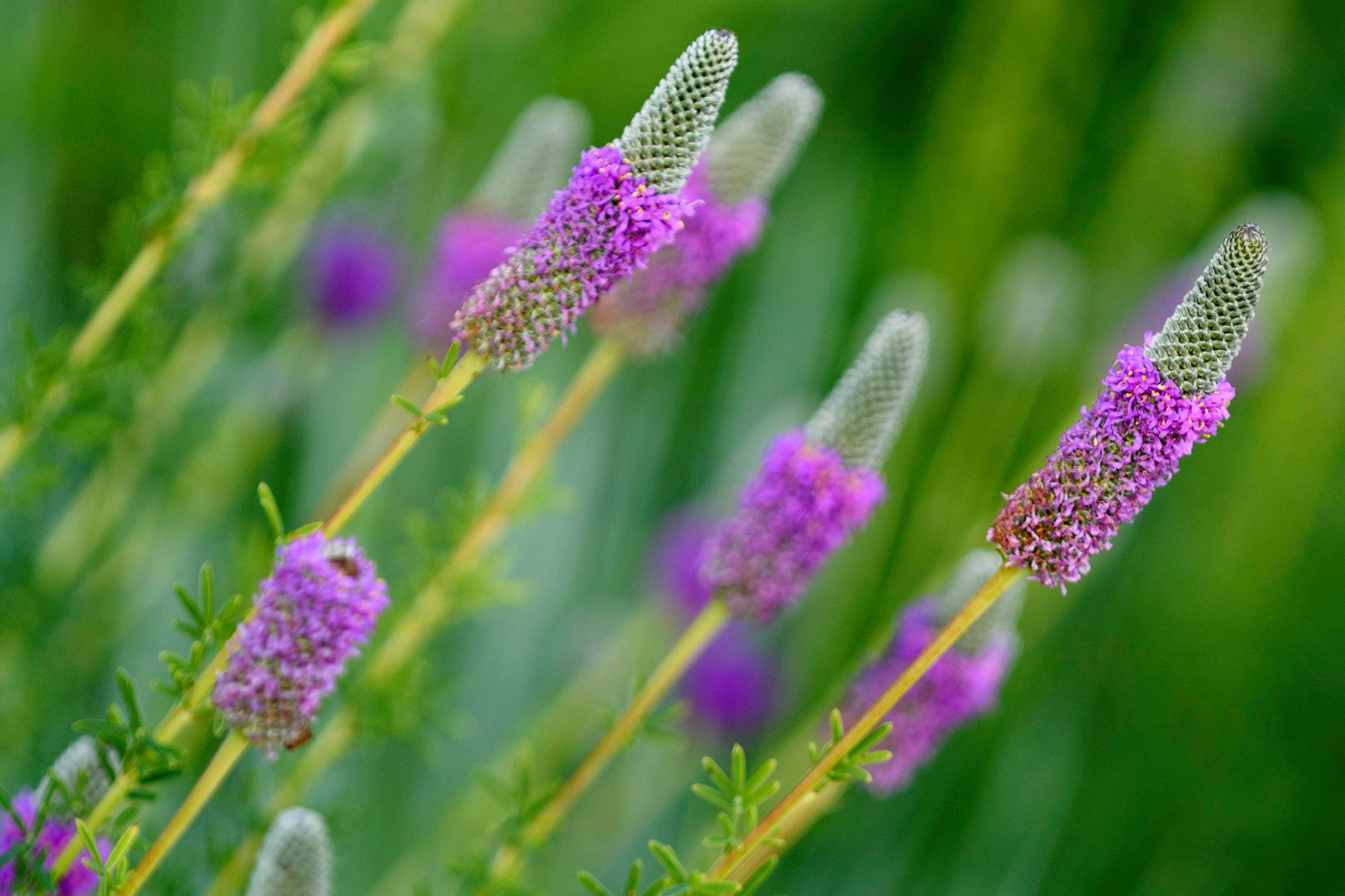
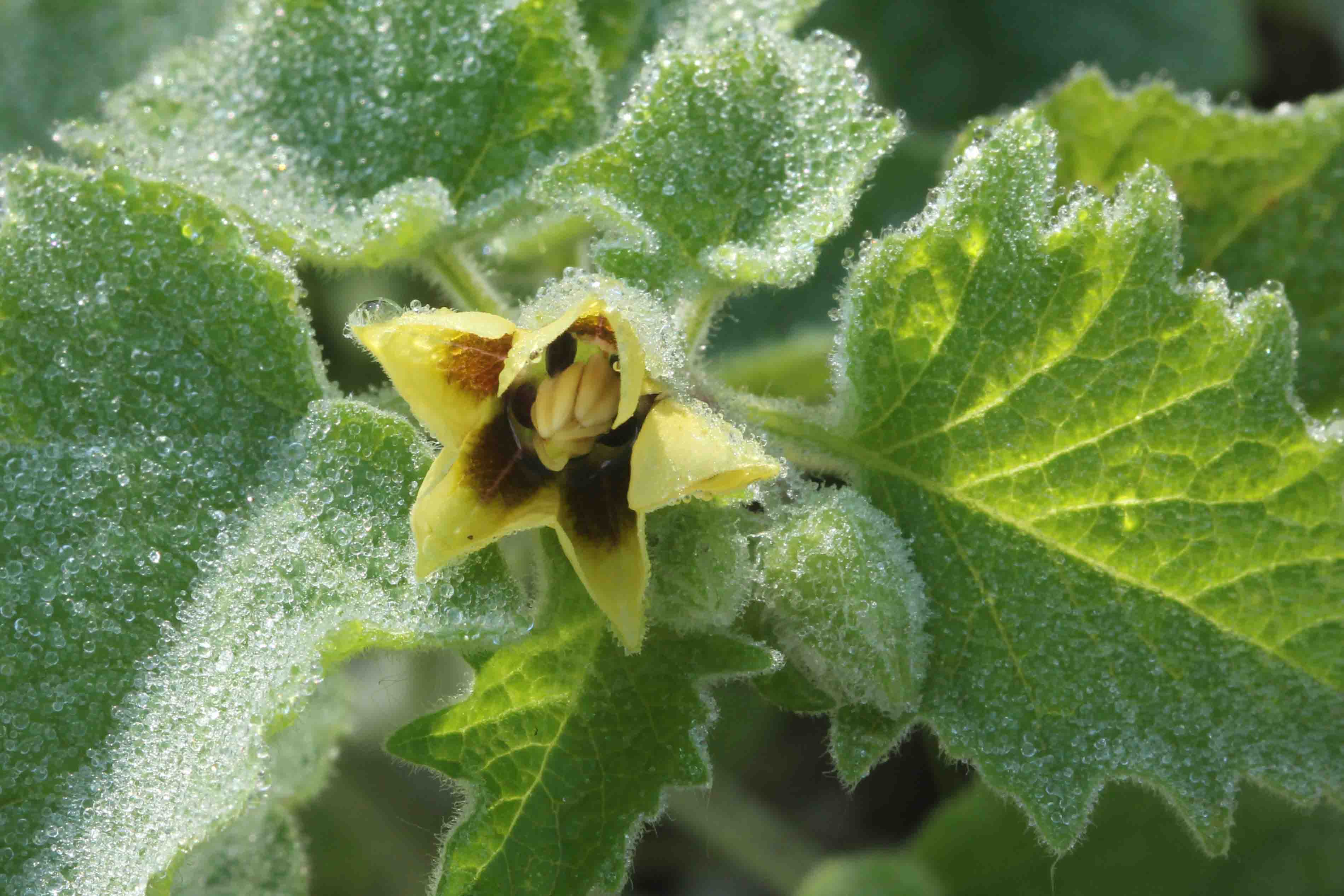
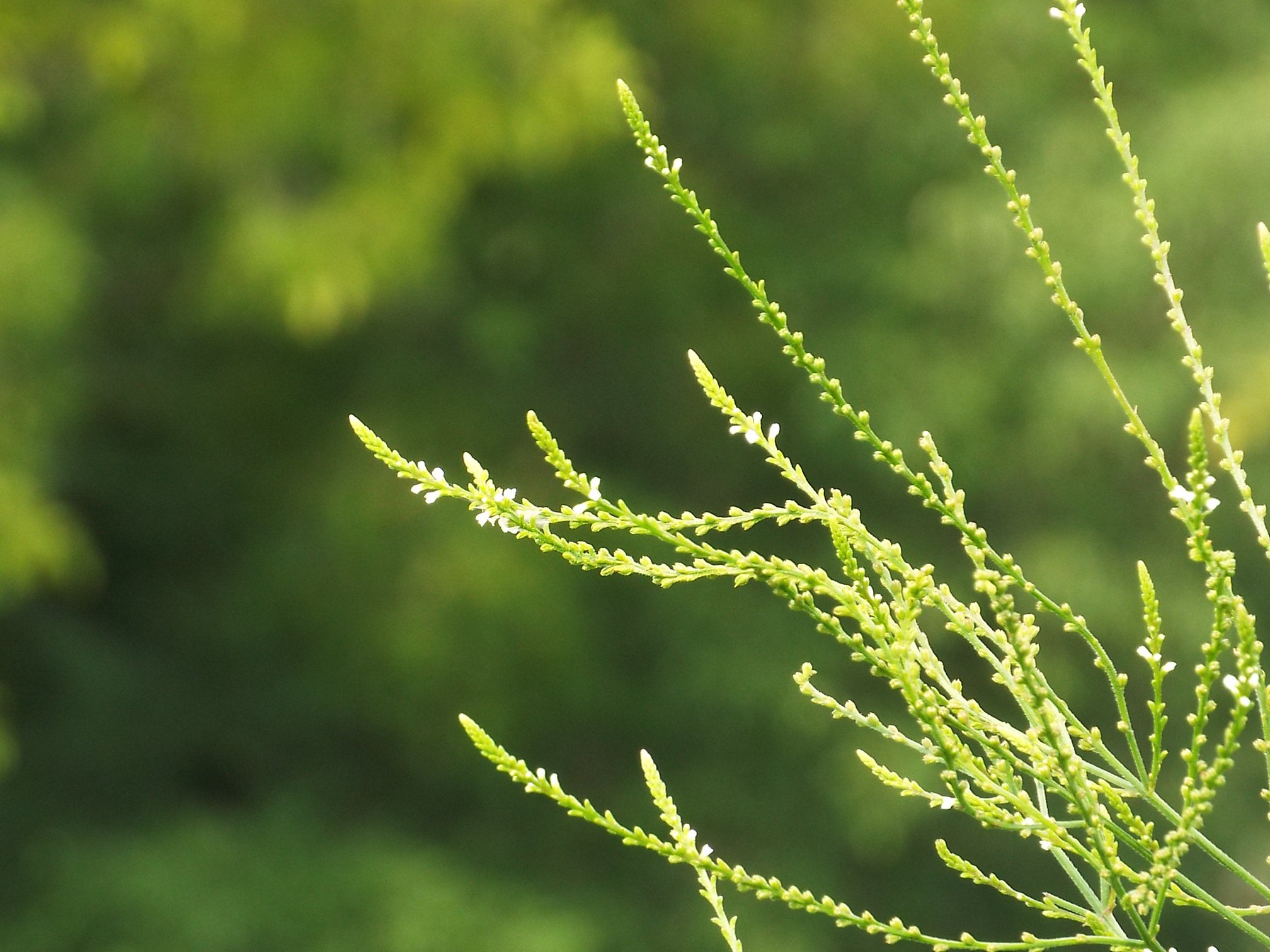
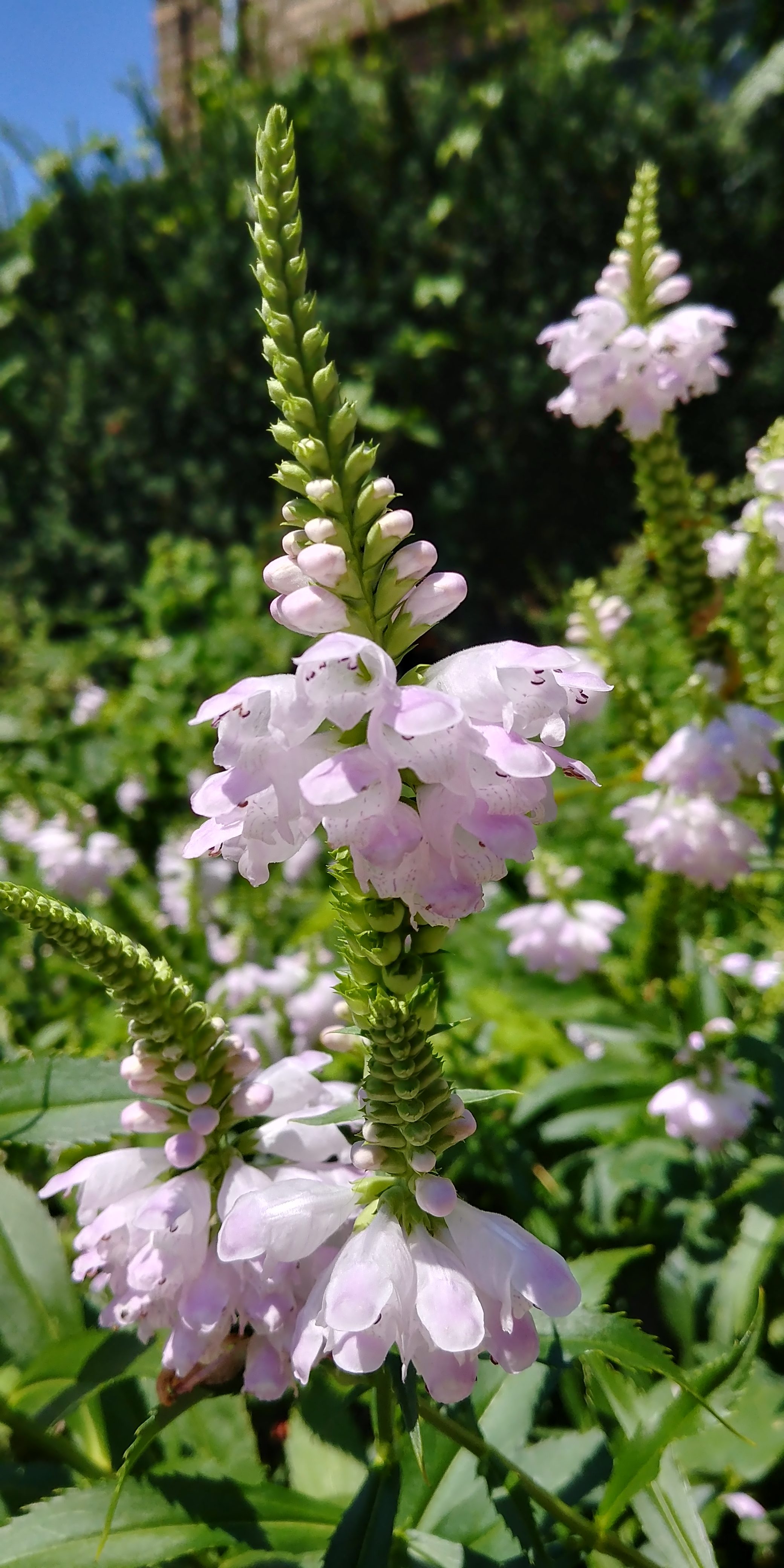
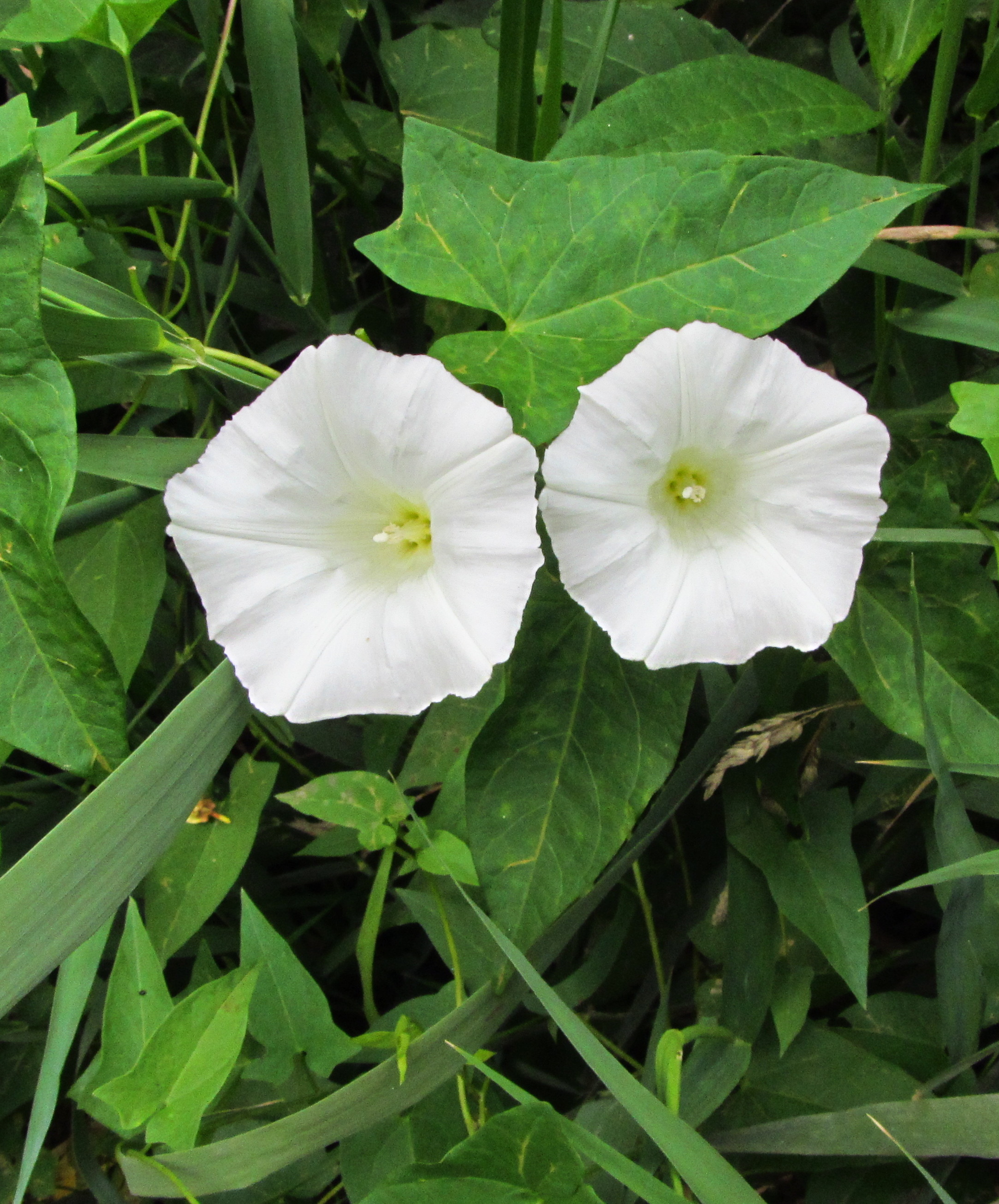
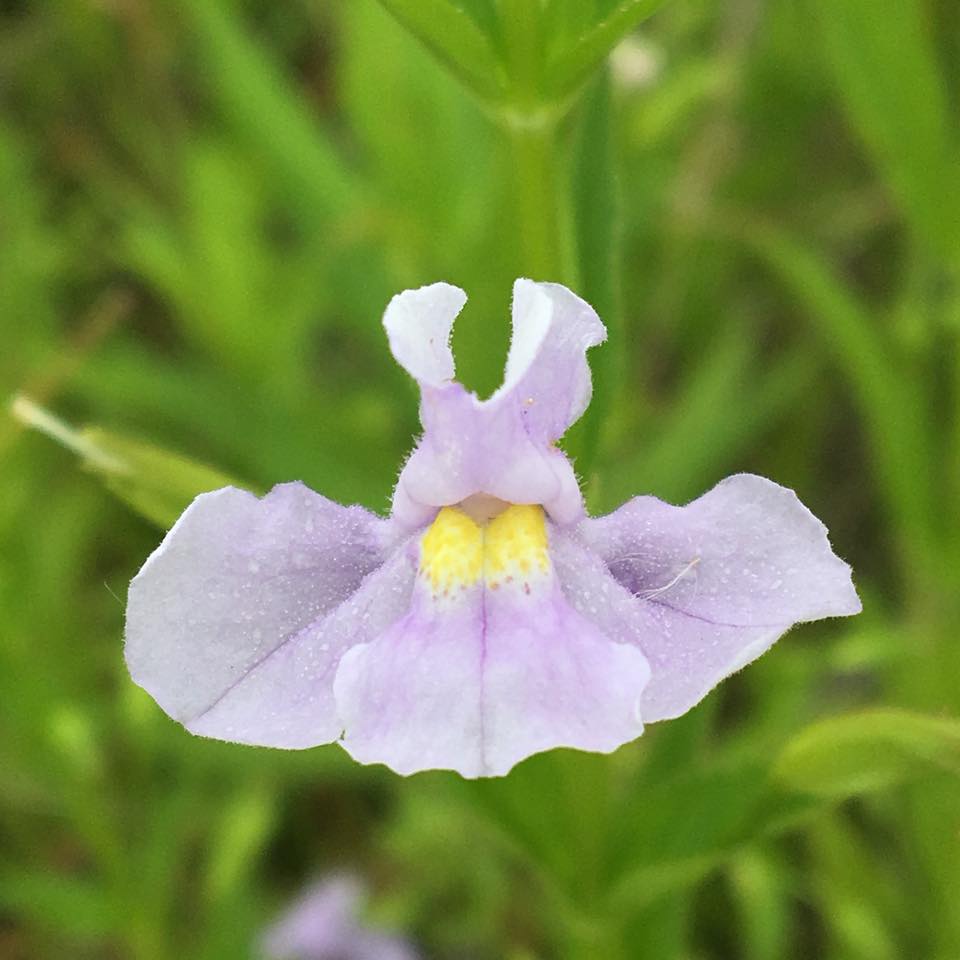
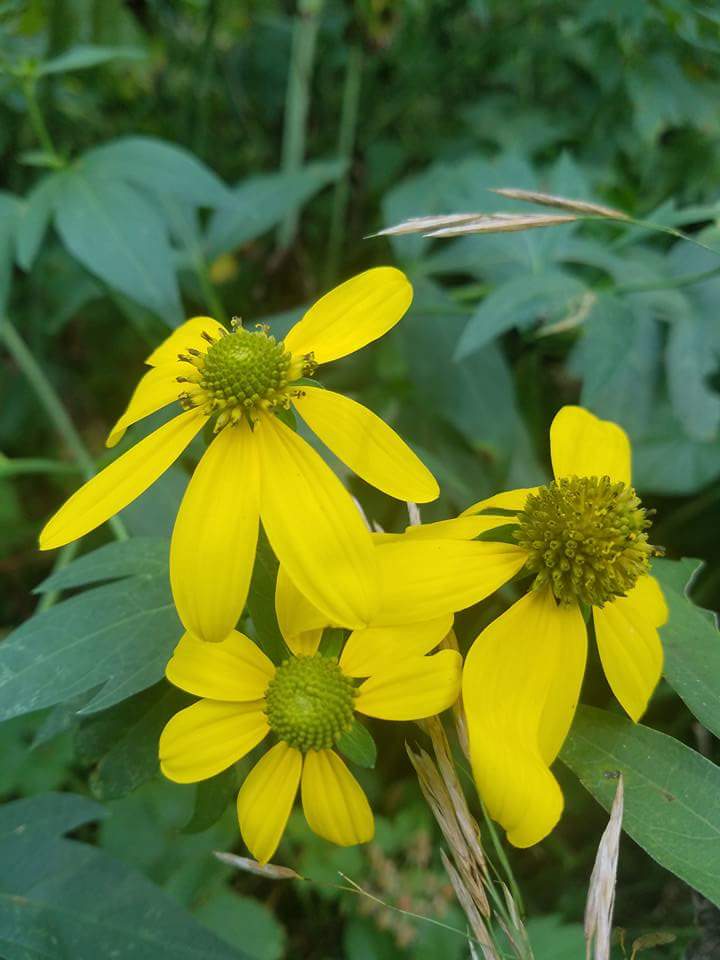
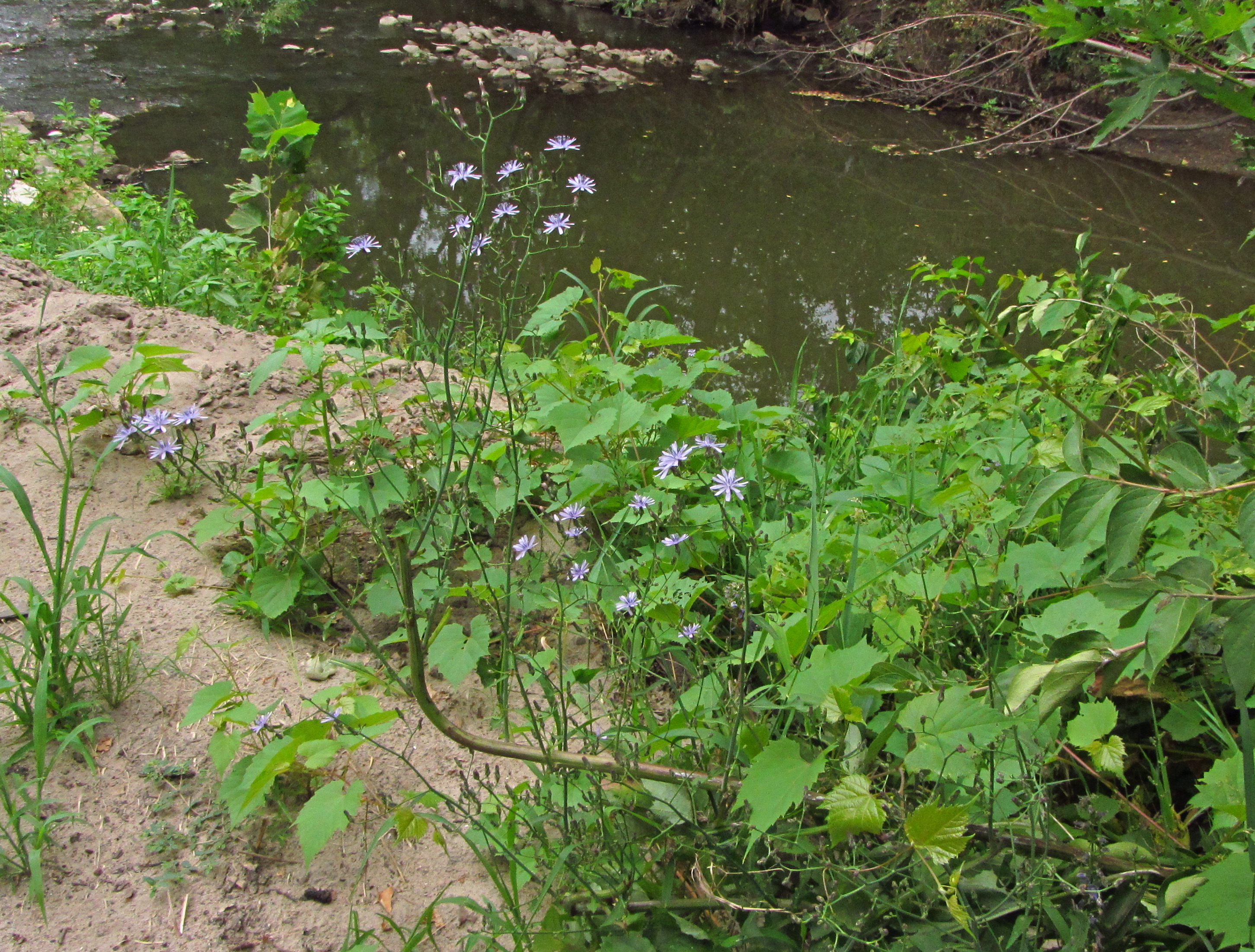
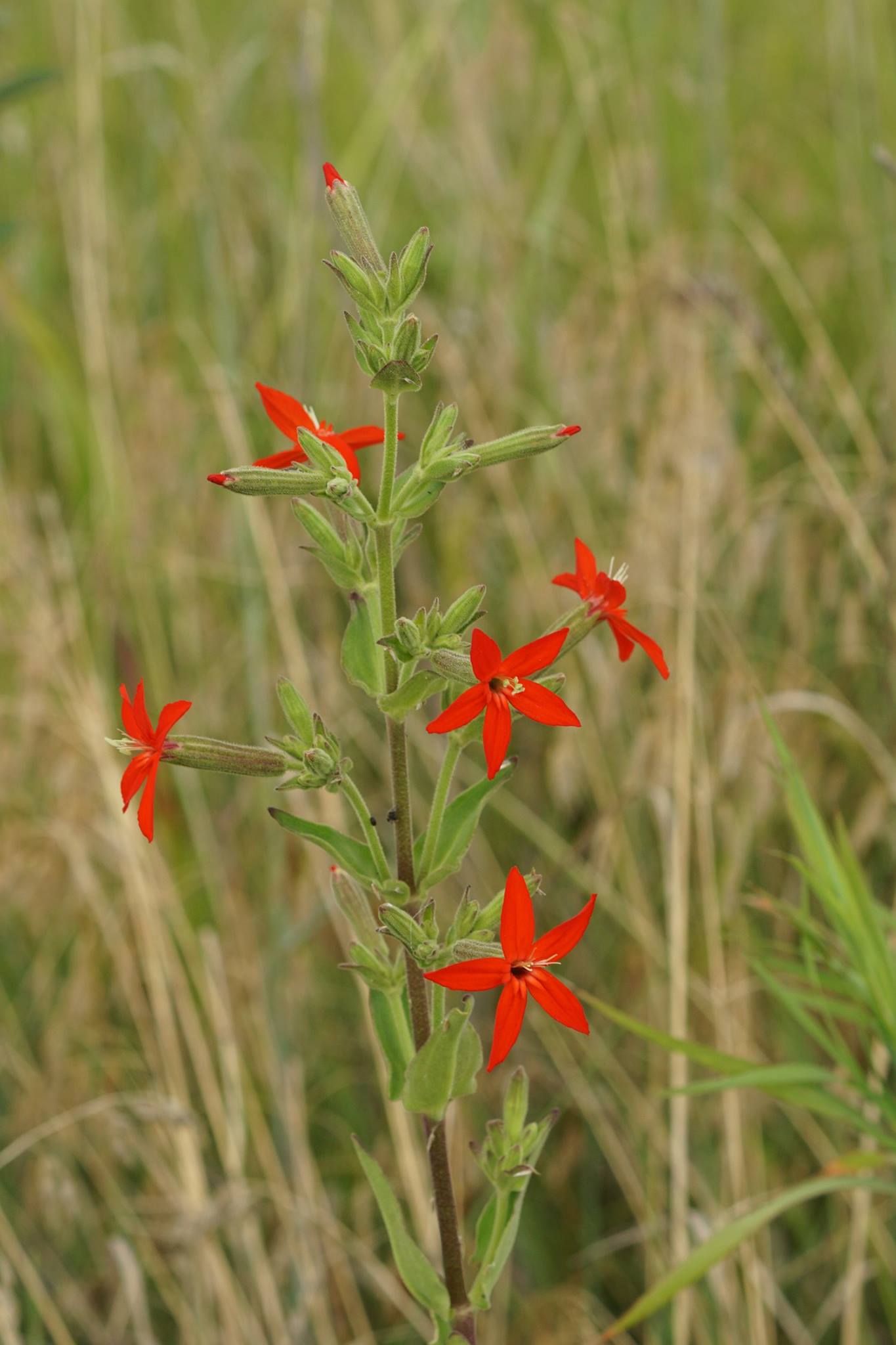
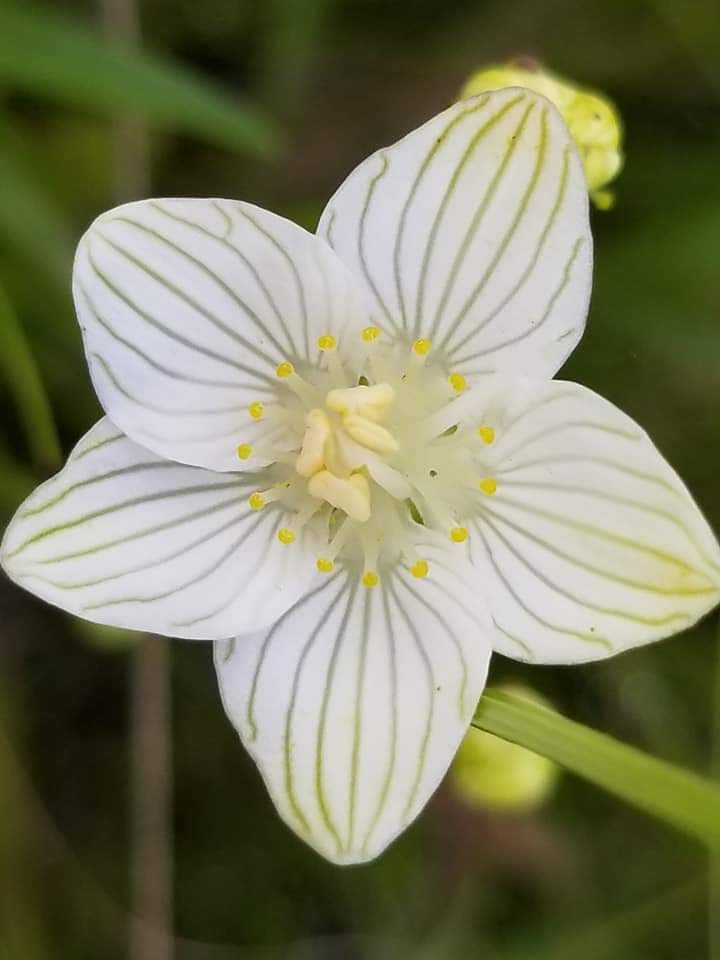
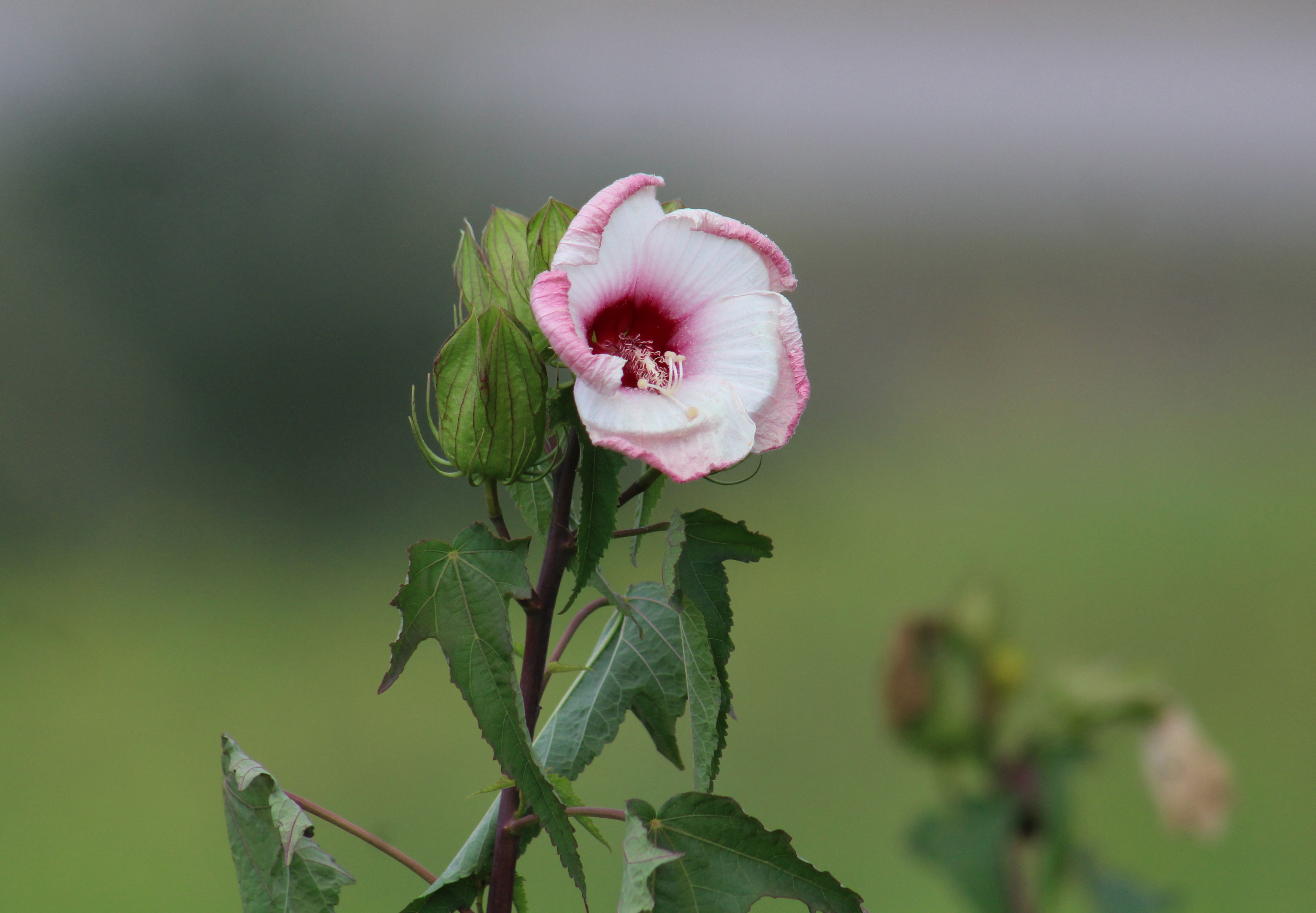
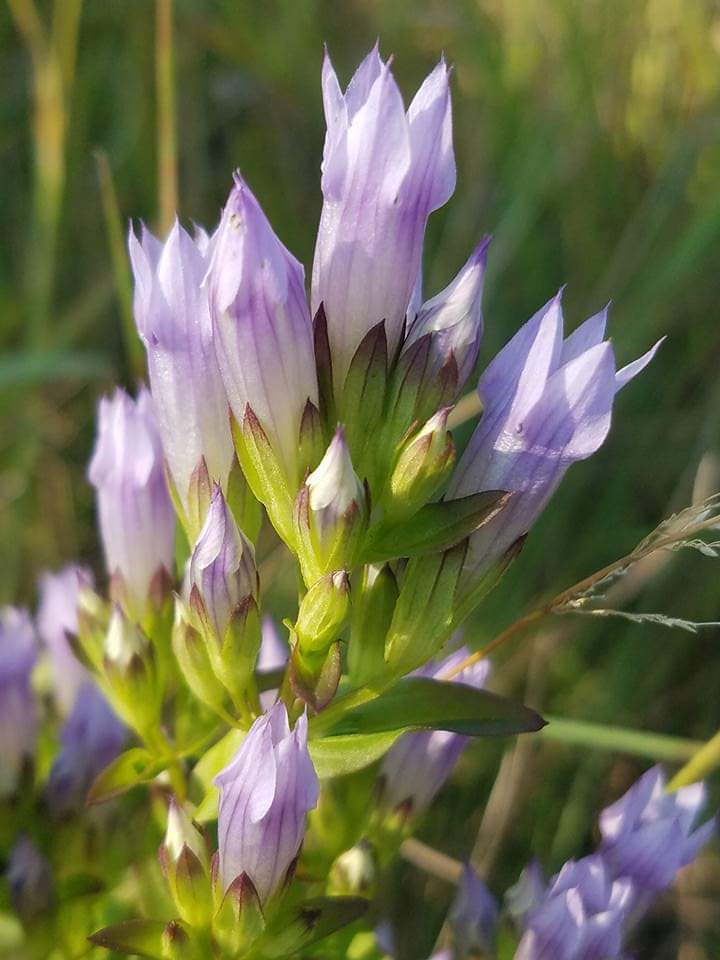
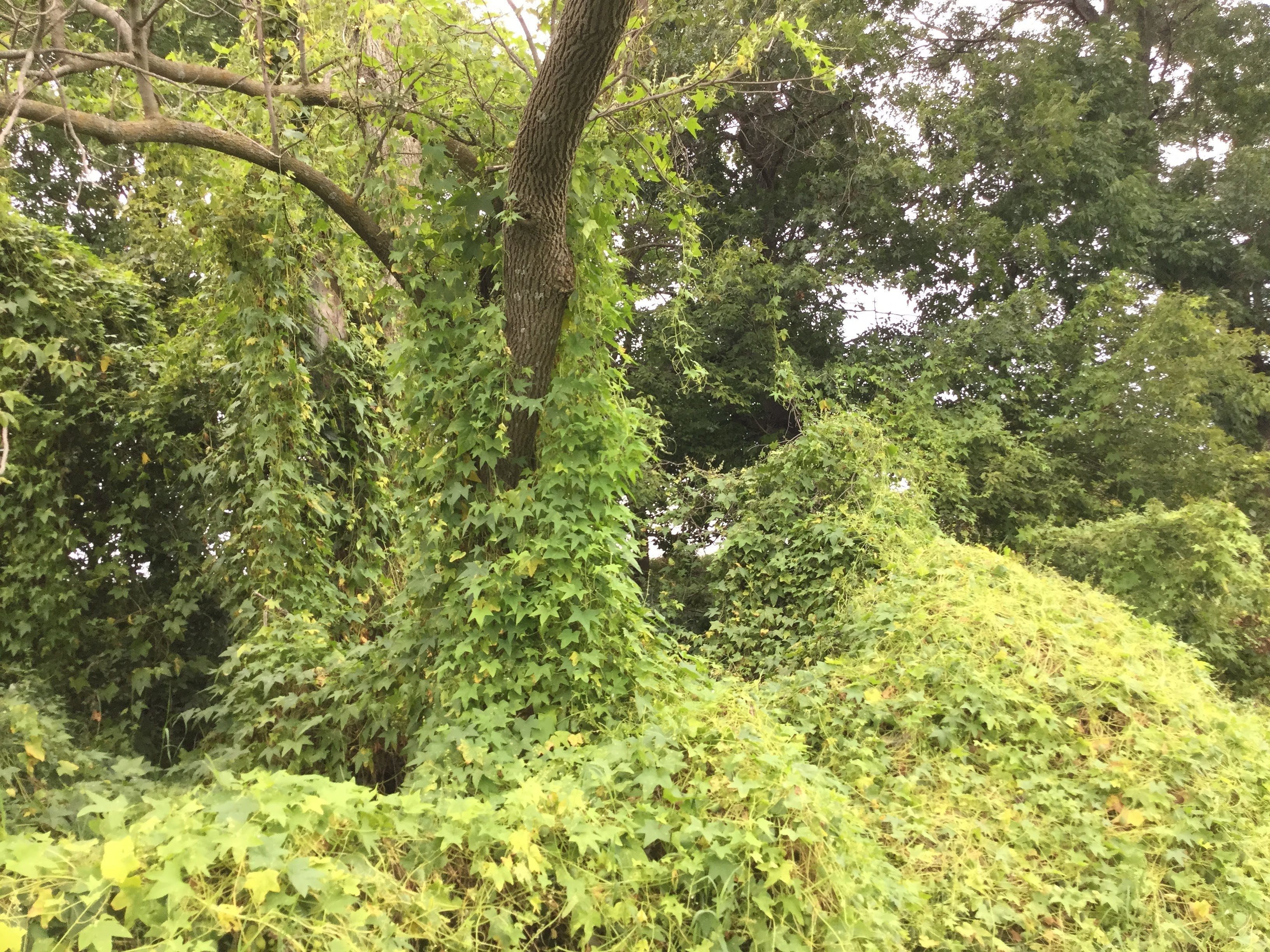
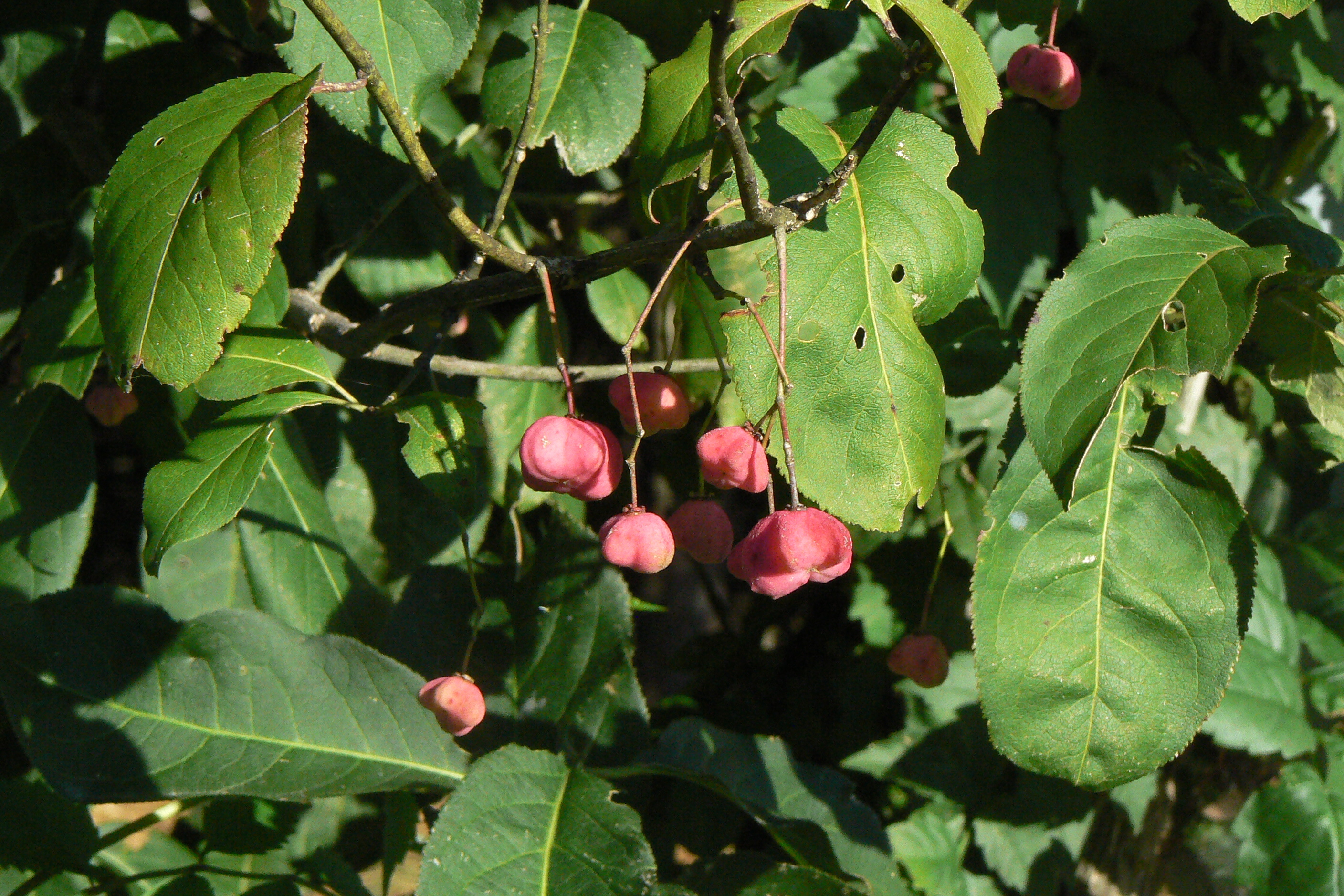
2 Comments
What a wonderful recap
Thanks so much for the beautiful memories.
PrairieFan Wed 26 Dec 4:57 PM
thank you for sharing your wisdom
about many of these plants.
desmoinesdem Wed 26 Dec 5:54 PM